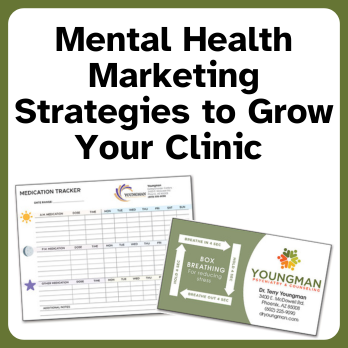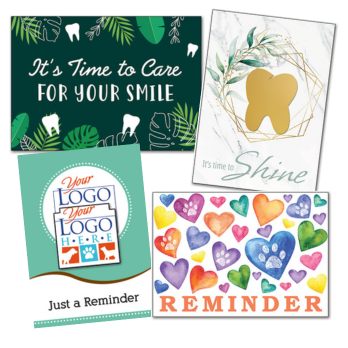Oftentimes a brand evolves from an ability to solve a particular problem or fulfill a specific need as in the case of Gentle Dentistry, Petco and Lyft, an app that connects people who need rides with people who have cars. A competitive advantage may also help shape a brand. For example, Dental Solutions for Seniors. Successful branding depends on your understanding of the needs of your customers and prospects, and your ability to convey that your brand should be chosen over the competition to satisfy those needs. 
The Foundation of Dental Branding
A logo is more than a clever design or a cool font; it is the foundation of a brand. People will often recognize your practice by your logo rather than your name so it should be clear and versatile. The simpler the logo, the better chance it will stand the test of time. Think straightforward like the logos for McDonald’s, Shell Oil and Target. People can relate to the golden arches as they resemble the golden letter M in McDonald’s. Shell Oil’s logo is simply the name of the company in picture form. The Target brand has achieved such high recognizability that much of their advertising only displays the bull’s eye, not the company name.
Since there are so many marketing channels and formats, your logo must be versatile so that it can be adapted to translate to any size—business card, banner or billboard; color—black and white as well as full color; and medium—web, print, stationery, promotional giveaways, signage, etc., without losing recognizable details of your brand. Your logo must be appropriate so that it connects with your target audiences. What may appeal to you may not connect with them.
Branding Tips
Be Memorable
Think about how many competing dental practices are in your neighborhood. You don’t want to be the generic brand dentist with the white label. You want to distinguish yourself from the competition by creating a visually appropriate brand that leaves no question about what you do. Use it consistently on all materials, forms and advertising to build awareness and familiarity. This involves coordinating colors, tone and visual cues to create recognizable elements.
Create Connections
One or all element of your brand should create an emotional response with your target audiences—patients, prospects, community and industry. Best Buy’s logo, for instance, uses words and visual cue to convey it offers more value than competitors: “Best Buy” inside a price tag. Emotional connections are what drive action, loyalty, retention and referrals.
Influence Behavior
When a brand creates a positive emotional response, it has the power to motivate the buyer. Prospect behavior varies from reading your online reviews and checking out your facebook page to asking a friend if she’s heard anything about your practice and calling for an appointment. Same is true for current and lapsed patients. Using strong branding elements that foster strong emotional connections with your patients and remind them why they chose your practice influence them to stay with your practice and refer people to you.
Your brand is your identity. A strong brand incorporates visual elements, such as a logo, to create a memorable brand that ideally creates positive emotional responses. These emotional connections are what begin to shape perceptions with non-patients and strengthen relationships and build loyalty with existing patients. By keeping all aspects of your brand consistent and professional, you reinforce your office’s credibility by building name awareness.
Have some questions about your own brand? visit BrandSmart Graphic Design Services by SmartPractice or call Billy at 1.800.522.0800 ext 7533







